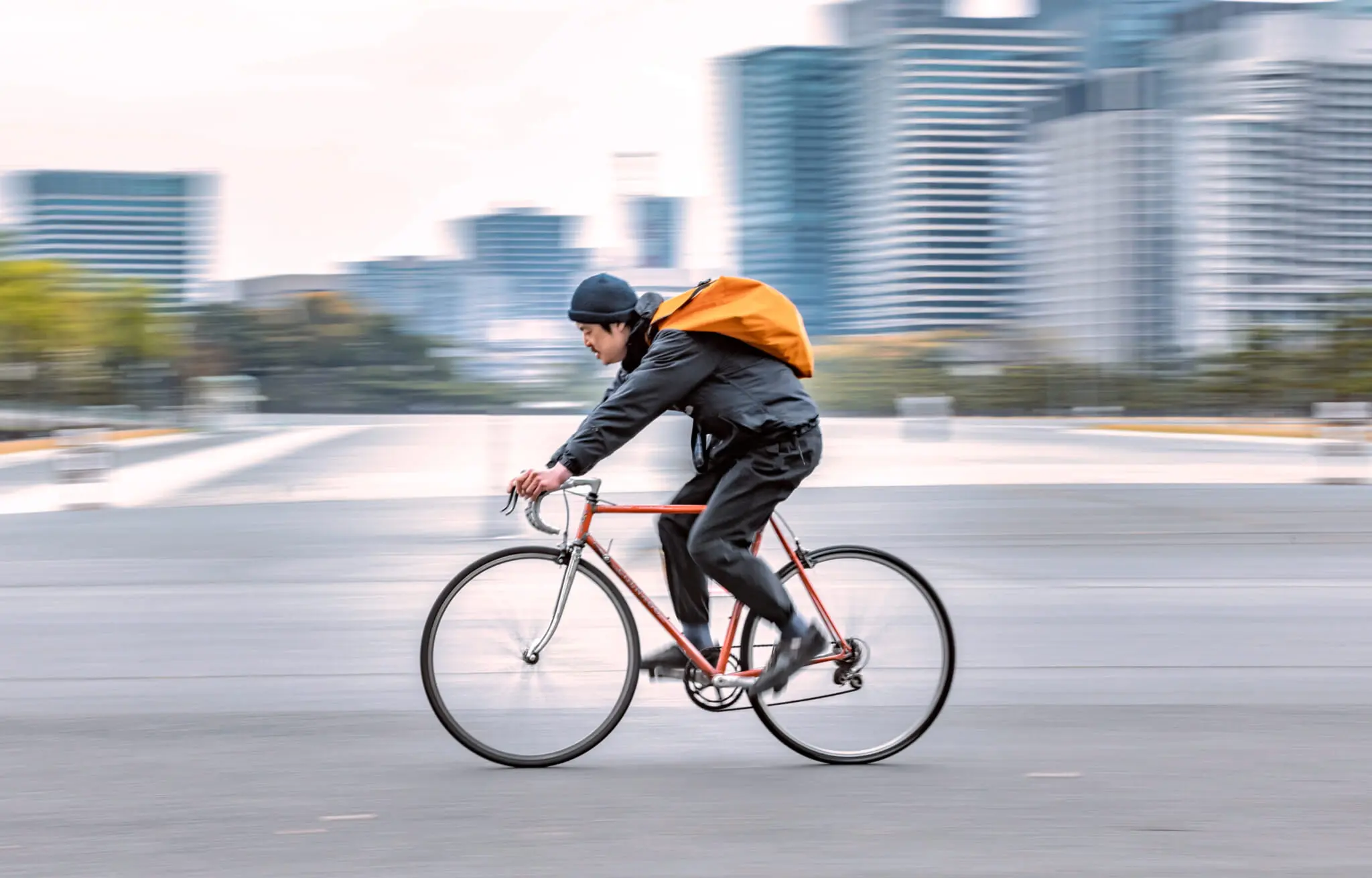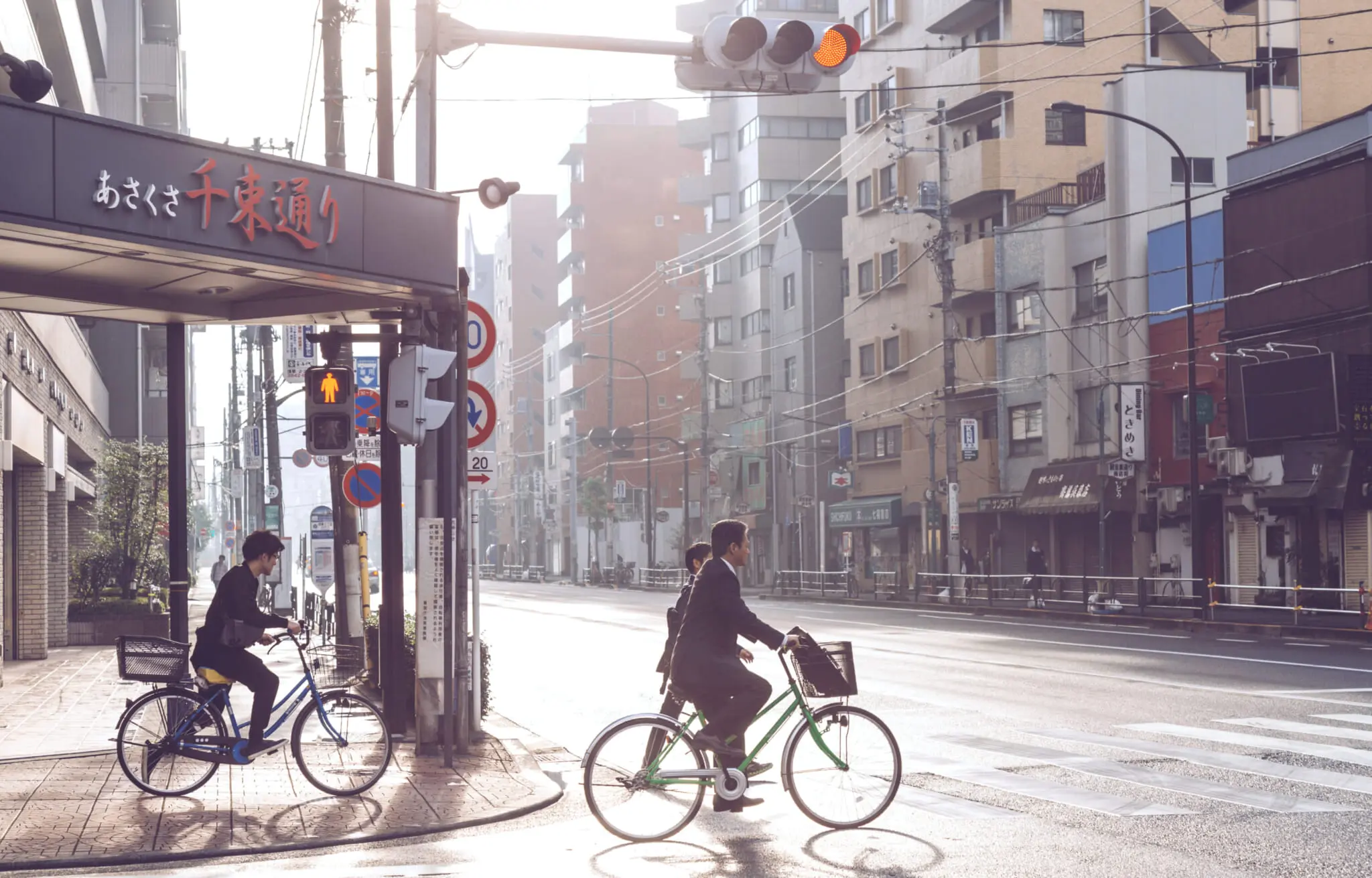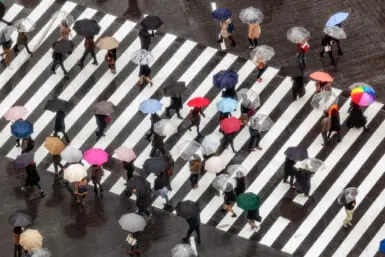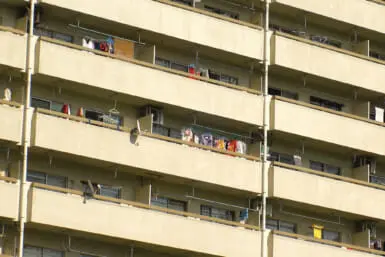Japan is gearing up for a major overhaul of its cycling regulations, with the National Police Agency (NPA) announcing that cyclists will soon face on-the-spot fines for traffic violations. The new “blue ticket” system, set to be implemented on April 1, 2026, mirrors the approach already used for cars and motorcycles, marking a significant shift in how Japan manages bicycle safety on its increasingly crowded roads.

Japan’s New Cycling Penalties
Japan’s parliament passed legislation to revise the road traffic law last year, introducing the blue ticket fine system for cyclists aged 16 and older. Under this system, cyclists who receive a blue ticket would evade indictment but would be required to pay a fine. If the violator does not make the payment within a certain period, they would then be subject to criminal procedures.
The blue ticket system represents a middle ground between the current approaches to cycling violations. Currently, minor infractions typically result in just a warning, while serious offenses fall under the “red ticket” system, which can lead to criminal punishment.
However, the current system has proven ineffective, with police investigations for red tickets creating a burden for both law enforcement and offenders, and warnings often going unheeded.
According to the NPA’s announcement, the new system will cover 113 different types of traffic violations. The government is currently accepting public comments on the proposed changes from April 25 to May 24, via their website, email, or post, before finalizing the regulations.
Understanding the New Fine Structure
The fines for cycling violations will be substantial, with penalties matching those currently applied to moped riders. Here’s a breakdown of some key violations and their associated fines:
- Using a mobile phone while cycling: ¥12,000
- Entering a railroad crossing when the barrier is down: ¥7,000
- Ignoring traffic signals: ¥6,000
- Wrong-way riding or improper sidewalk use: ¥6,000
- Failing to stop at stop signs: ¥5,000
- Riding a bicycle with faulty brakes: ¥5,000
- Riding while using an umbrella or headphones: ¥5,000
- Riding without lights at night: ¥5,000
- Riding side by side (parallel riding): ¥3,000
- Carrying a passenger: ¥3,000
The steep ¥12,000 fine for smartphone use while cycling is particularly notable, reflecting growing concern about “nagara” cycling (multitasking while riding). This comes after the regulations introduced in November 2024, which proposed potential fines of up to ¥100,000 or imprisonment for up to six months. In the case of an accident, the penalties increase to fines of up to ¥300,000 or imprisonment for up to a year.
These penalties reflect the government’s determination to address what has become a serious safety issue in Japan, where cycling has gained popularity as a commuting method, particularly since the COVID-19 pandemic.
A Rise in Bicycle-Related Accidents
The blue ticket system comes in response to growing concerns about bicycle safety across Japan. Despite an overall decline in traffic accidents nationwide, bicycle-related incidents remain high.
According to the NPA, traffic violations by bicycle riders increased dramatically from 7,193 in 2013 to 24,549 in 2022. Of the 7,107 serious or deadly accidents involving bicycles in 2022, approximately 70% were the result of cyclists breaking the law. This surge in violations and accidents has prompted the government to take more decisive action.
2025 has already seen a record-high 28 cases of death or serious injury caused by smartphone use while cycling. Popular behaviors like using phones, listening to music with headphones or riding with an umbrella during rain have all been identified as significant risk factors that impair cyclists’ awareness of their surroundings.
Public Reaction and Expert Opinions
Public response to the planned changes has been mixed, with opinions varying widely depending on how frequently individuals use bicycles.
In Tokyo’s Setagaya Ward, citizens interviewed about the NPA’s plans offered diverse perspectives. A man in his 30s expressed support, saying, “Bicycles don’t require licenses, but riders need to recognize they’re operating vehicles. If fines reduce dangerous riding, that’s positive.”
A woman in her 90s also approved of the measures, “Walking on sidewalks can be dangerous with speeding cyclists approaching from behind. For elderly people, a collision could cause serious injuries, so I support the introduction of these fines.”
However, regular cyclists have raised concerns about the practicality of some rules. A man in his 70s who uses a bicycle daily noted, “Riding on roads can be extremely dangerous when car doors suddenly open. There should be more flexibility allowing sidewalk use in certain situations.”
Another frequent cyclist, a woman in her 50s, questioned the fine amounts. “The overall penalties seem excessive. I was once cautioned by police when my bicycle light wasn’t working. Safety measures are necessary, but ¥5,000 for no lights seems too steep.”
At a press conference, NPA Commissioner Yoshinobu Kusumoto emphasized the importance of the new system. “Bicycles, like automobiles, are vehicles that must comply with basic traffic rules. It’s crucial to communicate that serious violations will be subject to fines, promoting safer cycling habits.”
Practical Tips for Cyclists in Japan
With the implementation date of April 1, 2026, approaching, cyclists in Japan, both residents and visitors, should familiarize themselves with the basic rules to avoid penalties.
Road Rules and Safety Requirements
- Ride on the left side of the road (same as vehicle traffic)
- Use bicycle lanes where available
- Only ride on sidewalks when specifically permitted by signs
- Observe all traffic signals and stop signs
- Yield to pedestrians when riding on sidewalks
- Do not use mobile phones or wear headphones while cycling
- Avoid carrying umbrellas or other items that require using one hand
- Do not ride under the influence of alcohol
Essential Equipment To Avoid Violations
- Working brakes on both wheels
- Functioning front light and rear reflector for night riding
- Bell or horn to alert pedestrians when necessary
- Child seats with proper safety harnesses if carrying children
Resources for Foreign Residents and Visitors
For expats and tourists unfamiliar with Japan’s cycling rules, several resources are available.
- Local police stations often distribute multilingual pamphlets on bicycle safety
- The Japan Automobile Federation (JAF) provides cycling rule guides in multiple languages
- Many city governments offer free bicycle safety workshops that include information on the new regulations
As Japan moves to implement this stricter enforcement system, the message is clear: cycling in Japan will require greater attention to traffic rules. While the penalties may seem steep, they reflect the government’s commitment to addressing the growing safety concerns surrounding bicycle use in one of the world’s most cycle-friendly countries.









